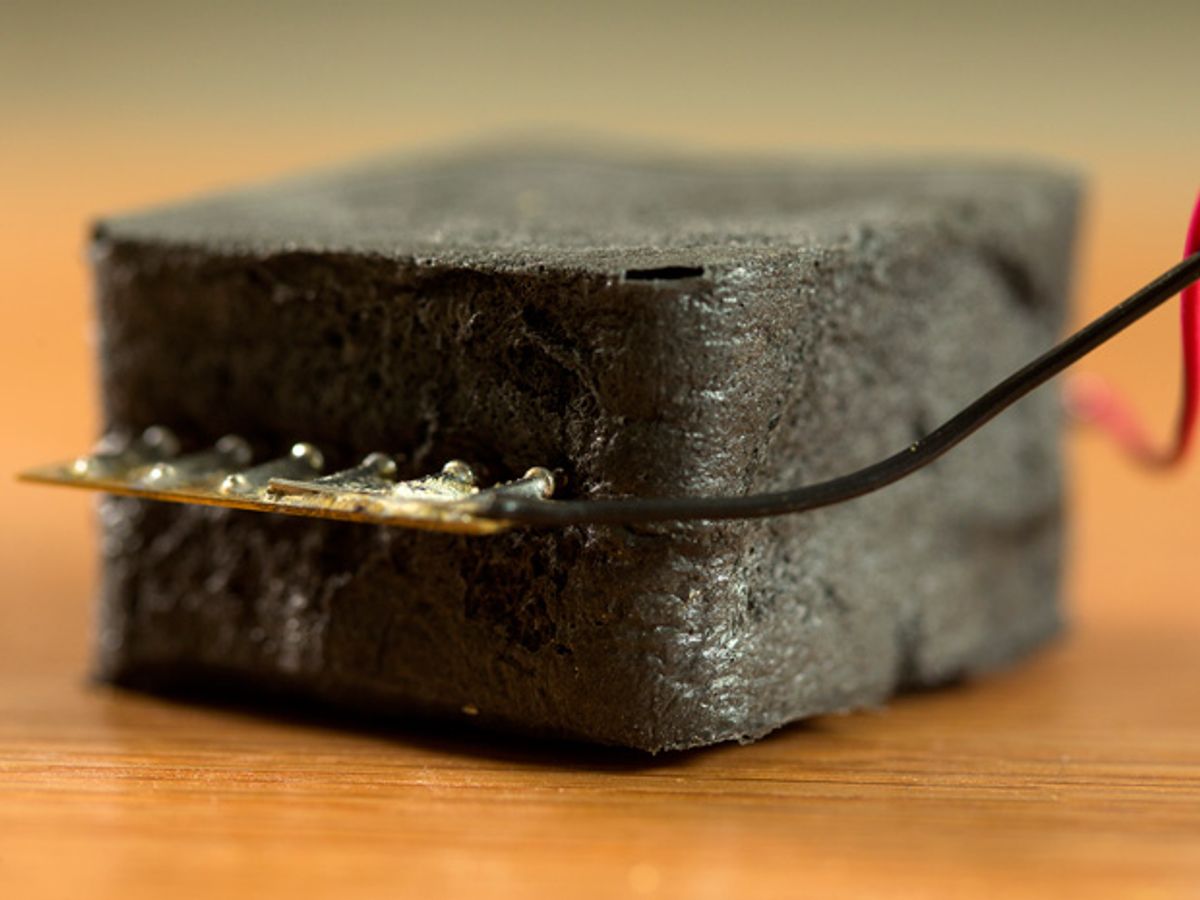American football is a collision sport. And one consequence of repeated collisions between players is concussions. Science is starting to draw a link between these so-called mild brain injuries and the long-term effects they have on the players—namely the onset of chronic traumatic encephalopathy (CTE), a degenerative condition believed to be caused by head trauma and linked to depression and dementia. Recently, the issue has come to a head with the deaths of several former star players and the broadcast of the Frontline report “League of Denial,” which chronicles scientists' long struggle to convince NFL officials to recognize a link between concussions and CTE.
While the NFL has tried to institute rules aimed at limiting the number of concussions that players suffer, the new regulations don’t seem to have stemmed the tide of brain injuries. Each week, a slew of player concussions are reported.
Another avenue being pursued in the hopes of limiting player concussions is the engineering of better helmets to improve head protection. An IEEE Spectrum article published last year, “Ratings for Football Helmets Help Improve Player Safety—But Not Before Another Tragedy,” reported on efforts to measure the effectiveness of different football helmets in reducing head trauma and categorize them based on their efficacy.
Now researchers at Brigham Young University have taken this measurement of helmet impact one step further with immediate, real-time measurements of each hit that a player endures. From those measurements, which are communicated immediately to a hand-held device, coaches know whether a collision is capable of inducing a concussion, even if the player denies any problem. A description of the technology is provided in the video below.
“A coach will know within seconds exactly how hard their player just got hit,” said Jake Merrell, a student at BYU who developed the technology, in a press release. “Even if a player pops up and acts fine, the folks on the sidelines will have data showing that maybe he isn’t OK.”
The heart of the technology is smart foam enabled by nanoparticles, which Merrell has dubbed “ExoNanoFoam.” The nano-enabled foam behaves as a piezoelectric in which pressure on the material produces an electrical voltage. A microcontroller sensor in the helmet reads the electrical voltage produced by the foam, and sends a signal to a handheld tablet equipped with a program that interprets it and delivers real-time information on the seriousness of the hit sustained by the player.
Since the foam is actually in contact with the player's head, it provides a more accurate measurement of the forces upon the player’s head than the accelerometers that have been used previously to measure these impacts. The drawback with accelerometers is that they measure only of the acceleration or deceleration of the player’s helmet.
Merrell intends to submit his prototype to the upcoming Head Health Challenge, which aims to develop new technologies for measuring impacts in real-time in order to improve player safety.
Photo: Brigham Young University
Dexter Johnson is a contributing editor at IEEE Spectrum, with a focus on nanotechnology.



